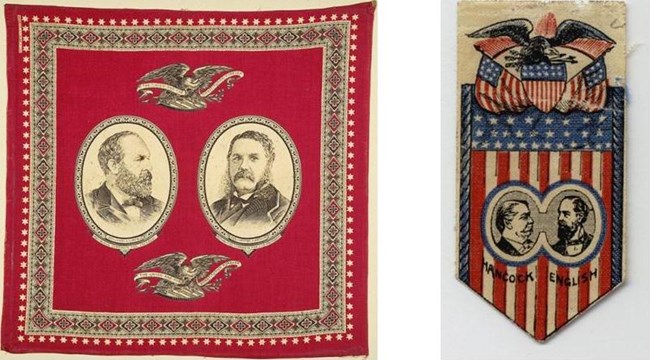Last updated: August 9, 2020
Article
How Might the 1880 Election Have Gone Differently?

Encyclopedia Britannica, Inc
With the national popular vote plan suggested by Professor Brams, individual states could change their election laws to require that their electoral votes be cast for the national popular vote winner, regardless of the way the state voted. The popular vote winner would thus be guaranteed an Electoral College victory and the drama of challenges, recounts, and outcomes decided outside the Constitutional framework would be avoide

Photos courtesy of Cornell University Library.

Photo courtesy of Lake County Historical Society.
In 1880, the Republicans’ victory was accepted without challenge because of the size of the Electoral College majority. If Democrats, in response to the contested election of 1876, had induced the states that they won that year – which included New York and Indiana (fifty electoral votes between them) – to change to the national popular vote plan, the aftermath of the voting might have been very different. An outcome that was generally recognized as conclusive could easily become a prolonged political battle like that of 1876.
With a popular vote majority so slim, wouldn’t the Democrats have demanded a recount? If Democrats could find a few thousand more votes in places where they were strong, they could claim victory. New York and Indiana, the swing states of the 1880 election, would then fall to the Democrats under the national popular vote rule, even though both were won by the Garfield ticket. With 185 electoral votes needed for victory, Hancock would then have 205 votes, and Garfield 164. At some point, elections must be decided; presidents must be chosen. In a country with tens of thousands of voting precincts, voting and counting errors are inevitable, even with the best systems in place. No two counts will ever be the same, and in close elections claims of fraud are probably inevitable. The national popular vote system seems to invite challenges and nationwide recounts in very close elections. The Electoral College system was designed to translate narrow or sectional election victories into convincing governing mandates, and most of the time it has worked.
Written by Joan Kapsch, Park Guide, James A. Garfield National Historic Site, July 2012 for the Garfield Observer.
